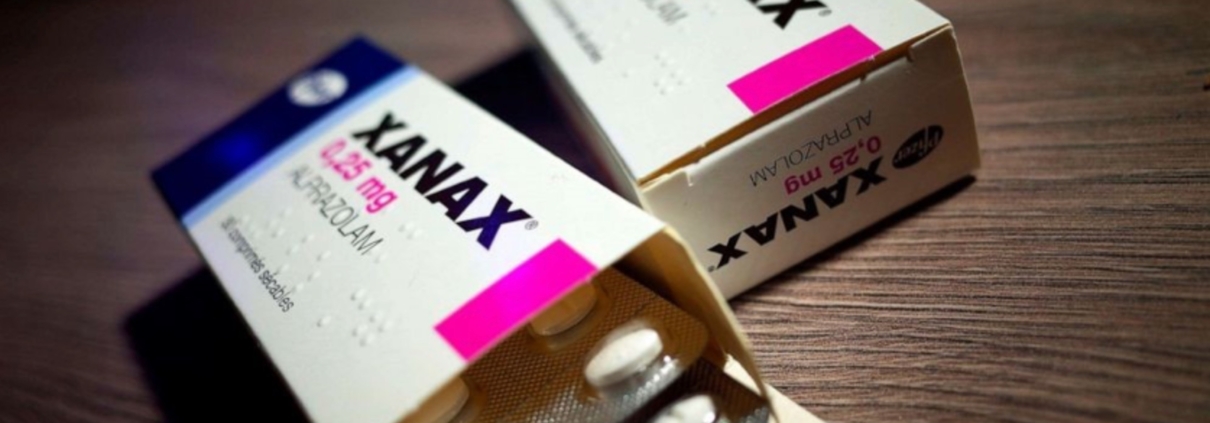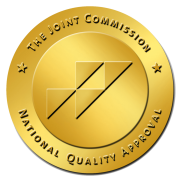Primary and Behavioral Healthcare Practice Precautions
Spike in Benzodiazepine Overdose Rates
https://www.cdc.gov/mmwr/volumes/70/wr/mm7034a2.htm?s_cid=mm7034a2_w
From April–June 2019 to April–June 2020, prescription and illicit benzodiazepine-involved overdose deaths increased 21.8% and 519.6%, respectively. During January–June 2020, 92.7% of benzodiazepine-involved deaths also involved opioids, and 66.7% involved illicitly manufactured fentanyl.
Nonfatal and fatal drug overdoses increased overall from 2019 to 2020. Illicit benzodiazepines (e.g., etizolam, flualprazolam, and flubromazolam) were increasingly detected among postmortem and clinical samples in 2020, often with opioids, and might have contributed to overall increases in drug overdoses.
Improving naloxone availability and enhancing treatment access for persons using benzodiazepines and opioids and calling emergency services for overdoses involving benzodiazepines and opioids, coupled with primary prevention of drug use and misuse, could reduce morbidity and mortality.
ADHD and Substance Use Disorders
One in three young adults with ADHD had a lifetime alcohol use disorder (36%) compared to 19% of those without ADHD (P < 0.001). After adjusting for all control variables, those with ADHD had higher odds of developing alcohol use disorders, cannabis use disorders, other drug use disorders, and any SUD. History of depression and anxiety led to the largest attenuation of the ADHD-SUD relationship, followed by childhood adversities and socioeconomic status.
Targeted outreach and interventions for this extremely vulnerable population are warranted.
Addiction treatment or information: (866) 594-8844


